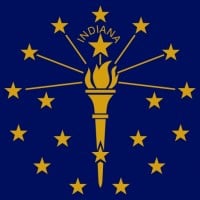Top Ten Worst U.S. States for Natural Disasters
I've been doing a lot of looking and well here are the worst states for natural disasters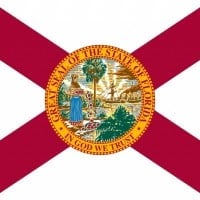 Florida is a state located in the southeastern region of the United States. Florida is the southeasternmost U.S. state, with the Atlantic on one side and the Gulf of Mexico on the other.
Florida is a state located in the southeastern region of the United States. Florida is the southeasternmost U.S. state, with the Atlantic on one side and the Gulf of Mexico on the other. If you are looking to be bombarded by tropical storms and hurricanes, then Florida is the place for you.
Florida may not get very many tornadoes, but they do experience other types of severe weather.
I know at least 10 families that lost everything in the last hurricane.
 New York is a state located in the Mid-Atlantic Region. New York was one of the original thirteen colonies that formed the United States. With an estimated 19.54 million residents in 2018, it is the fourth most populous state. In order to distinguish the state from the city with the same name, it is... read more
New York is a state located in the Mid-Atlantic Region. New York was one of the original thirteen colonies that formed the United States. With an estimated 19.54 million residents in 2018, it is the fourth most populous state. In order to distinguish the state from the city with the same name, it is... read more Flooding, blizzards, and hurricanes!
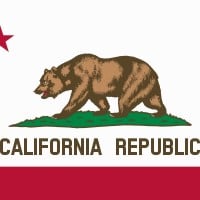 California is a state in the Southwestern United States. With 39.6 million residents across a total area of about 163,696 square miles (423,970 square kilometers), California is the most populous U.S. state and the third-largest by area. The state capital is Sacramento, and the largest city is Los Angeles... read more
California is a state in the Southwestern United States. With 39.6 million residents across a total area of about 163,696 square miles (423,970 square kilometers), California is the most populous U.S. state and the third-largest by area. The state capital is Sacramento, and the largest city is Los Angeles... read more California should definitely be #1. I'm very surprised it isn't even on the podium. First of all, a catastrophic earthquake might strike at any moment. I'm not talking about the San Andreas fault only (which is obviously the most apocalyptic scenario). There are other very dangerous threats like the Hayward fault on the eastern side of the Bay or the myriads of "smaller" faults under the LA basin. Coastal cities like San Francisco or Santa Monica might also experience tsunamis as a direct consequence.
Other than that, it gets constantly ravaged by huge forest fires, which burn to the ground several towns and thousands of buildings every year, killing dozens (like in 2017 and 2018). These fires completely change landscapes and set ideal conditions for destructive mudslides also.
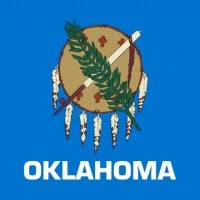
Obviously, the tornadoes hit the right spot, where warm air from the south and cold from the north mix to create the perfect conditions for tornadoes.
In Oklahoma, there are lots of tornadoes.
Oklahoma is famous for getting a lot of tornadoes. That's obvious.
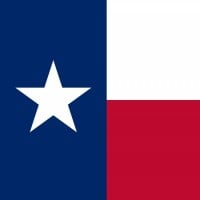 Texas is a state in the Southern USA. It is the second largest by area and population. Its largest city is Houston.
Texas is a state in the Southern USA. It is the second largest by area and population. Its largest city is Houston. Think about May of this year (2015). Remember the rain Texas got? There was flooding in Houston, Dallas, Austin, and lots more. And there was a tornado that hit the small town known as Van, TX.
Mostly tornadoes and severe thunderstorms are what you have to worry about where I live in Texas, but there's also droughts and dust storms in West Texas, hurricanes on the Gulf Coast, and some recent earthquakes down around DFW.
Their storms happen a lot, and plant explosions are deadly.
 Washington is a state in the Pacific Northwest region of the United States located north of Oregon, west of Idaho, and south of the Canadian province of British Columbia on the coast of the Pacific Ocean. It is the only state named after a president.
Washington is a state in the Pacific Northwest region of the United States located north of Oregon, west of Idaho, and south of the Canadian province of British Columbia on the coast of the Pacific Ocean. It is the only state named after a president. I live in the Portland-Vancouver area, which is very prone to big earthquakes, and so is Seattle. Coastal areas might also experience a huge tsunami being close to the Cascadia megathrust.
Then there are also volcanoes, destructive wildfires, heavy winds (even small tornadoes), and, of course, the occasional heat wave like last summer.
Although it could be higher, they have tsunamis, earthquakes, and flooding.
 Alaska is a U.S. state situated in the northwest extremity of the Americas. The Canadian administrative divisions of British Columbia and Yukon border the state to the east; it has a maritime border with Russia to the west across the Bering Strait.
Alaska is a U.S. state situated in the northwest extremity of the Americas. The Canadian administrative divisions of British Columbia and Yukon border the state to the east; it has a maritime border with Russia to the west across the Bering Strait. Ice storms, earthquakes, volcanoes (rare), tsunamis, floods, blizzards. So many reasons why it's #1.
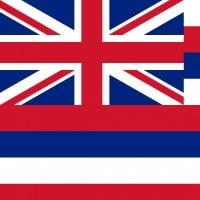 Hawaii is the 50th and most recent state of the United States of America, receiving statehood on August 21, 1959.
Hawaii is the 50th and most recent state of the United States of America, receiving statehood on August 21, 1959. Floods and hurricanes can cause flooding, but the same is true for California with its hotspots for earthquakes.
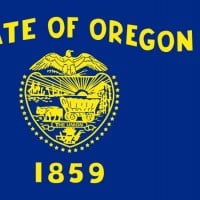 Oregon is a state in the Pacific Northwest region of the United States. Oregon is bordered on the west by the Pacific Ocean, on the north by Washington, on the south by California, on the east by Idaho, and on the southeast by Nevada.
Oregon is a state in the Pacific Northwest region of the United States. Oregon is bordered on the west by the Pacific Ocean, on the north by Washington, on the south by California, on the east by Idaho, and on the southeast by Nevada. You can always expect massive forest fires in the summer. Plus, we live on an overdue fault, so it's only a matter of time before a major earthquake hits.
 Arkansas is a state located in the Southeastern region of the United States. Its name is of Siouan derivation, denoting the Quapaw Indians.
Arkansas is a state located in the Southeastern region of the United States. Its name is of Siouan derivation, denoting the Quapaw Indians.
Louisiana is 3 feet below sea level. They get floods, hurricanes, and the New Orleans flood was bad.
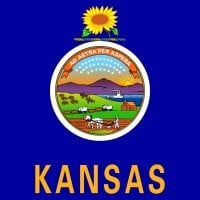 Kansas is a U.S. state located in the Midwestern United States. It is named after the Kansa Native American tribe, which inhabited the area.
Kansas is a U.S. state located in the Midwestern United States. It is named after the Kansa Native American tribe, which inhabited the area. Mississippi is a southern U.S. state with the Mississippi River to its west, the state of Alabama to its east, and the Gulf of Mexico to the south.
Mississippi is a southern U.S. state with the Mississippi River to its west, the state of Alabama to its east, and the Gulf of Mexico to the south.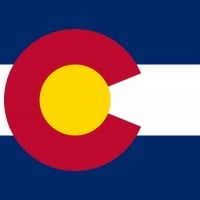 Colorado is a state in the United States encompassing most of the Southern Rocky Mountains as well as the northeastern portion of the Colorado Plateau and the western edge of the Great Plains.
Colorado is a state in the United States encompassing most of the Southern Rocky Mountains as well as the northeastern portion of the Colorado Plateau and the western edge of the Great Plains. Wildfires in the mountains, tornadoes in the plains... and don't forget the risk of earthquakes. Some areas like the San Luis Valley or the southeastern plains might get a magnitude 7.
 North Carolina is a state in the southeastern region of the United States. The state borders South Carolina and Georgia to the south, Tennessee to the west, Virginia to the north, and the Atlantic Ocean to the east.
North Carolina is a state in the southeastern region of the United States. The state borders South Carolina and Georgia to the south, Tennessee to the west, Virginia to the north, and the Atlantic Ocean to the east.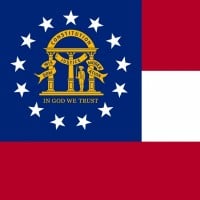 Georgia is a state located in the southeastern United States. It was established in 1732, the last of the original Thirteen Colonies.
Georgia is a state located in the southeastern United States. It was established in 1732, the last of the original Thirteen Colonies. Hurricanes from both the Atlantic and the Gulf, tornadoes in the Dixie Alley, and even wildfires, especially in the swamp areas.
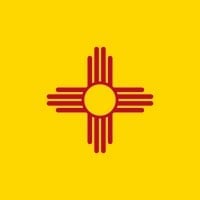
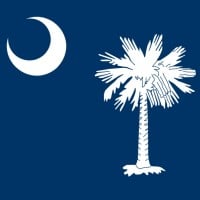 South Carolina is a state in the southeastern region of the United States. The state is bordered to the north by North Carolina, to the south and west by Georgia across the Savannah River, and to the east by the Atlantic Ocean.
South Carolina is a state in the southeastern region of the United States. The state is bordered to the north by North Carolina, to the south and west by Georgia across the Savannah River, and to the east by the Atlantic Ocean.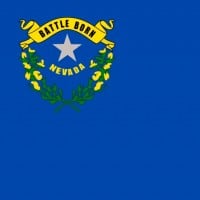 Nevada is a state in the Western, Mountain West, and Southwestern regions of the United States of America.
Nevada is a state in the Western, Mountain West, and Southwestern regions of the United States of America. Missouri is a state located in the Midwestern United States. It is the 21st most extensive, and the 18th most populous of the fifty states.
Missouri is a state located in the Midwestern United States. It is the 21st most extensive, and the 18th most populous of the fifty states.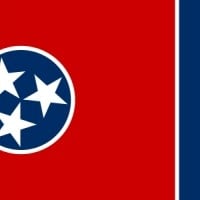 Tennessee is a state located in the southeastern United States. Tennessee is the 36th largest and the 17th most populous of the 50 United States.
Tennessee is a state located in the southeastern United States. Tennessee is the 36th largest and the 17th most populous of the 50 United States. Alabama is a state located in the southeastern region of the United States. It is bordered by Tennessee to the north, Georgia to the east, Florida and the Gulf of Mexico to the south, and Mississippi to the west.
Alabama is a state located in the southeastern region of the United States. It is bordered by Tennessee to the north, Georgia to the east, Florida and the Gulf of Mexico to the south, and Mississippi to the west.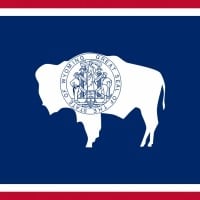 Wyoming is a state in the mountain region of the Western United States. The state is the tenth largest by area, but the least populous and the second least densely populated of the 50 United States.
Wyoming is a state in the mountain region of the Western United States. The state is the tenth largest by area, but the least populous and the second least densely populated of the 50 United States. There is a supervolcano there. I mean, everything could literally blow up all of a sudden! Also, the same area has been affected by severe floods during the summer of 2022. It should be much higher.
 Nebraska is a state that lies in both the Great Plains and the Midwestern United States. Its state capital is Lincoln.
Nebraska is a state that lies in both the Great Plains and the Midwestern United States. Its state capital is Lincoln.